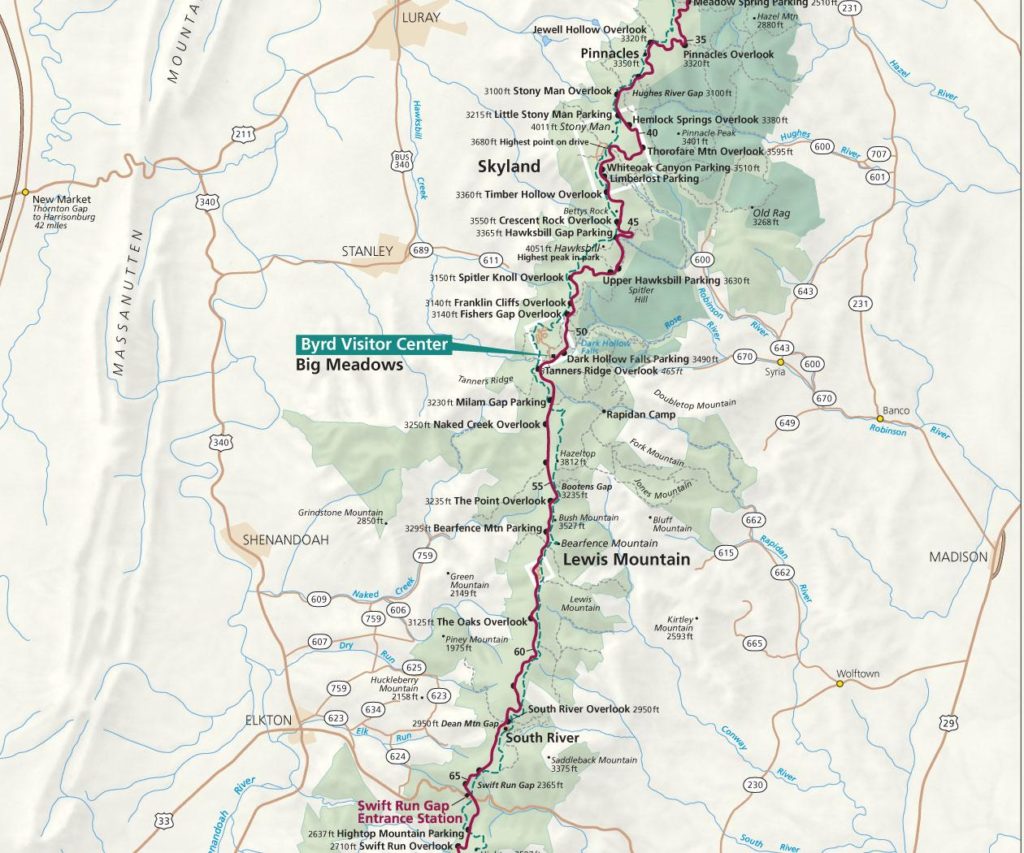Improving the Historic Pinnacles Research Facility
The Shenandoah National Park Trust requested a $20,000 grant from the Oak Hill Fund to support improvements to the historic Pinnacles Research Facility in Shenandoah National Park, which the Civilian Conservation Corps built in 1935.
As one of the most popular New Deal programs, the Civilian Conservation Corps (CCC) put three million young men to work in camps across America during the height of the Great Depression. These CCC Boys built highways and bridges, planted trees, developed picnic grounds, improved flood control and restored wildlife habitat. They also built the infrastructure of some of our country’s greatest national parks. The first CCC camps in national parks were, in fact, established in Shenandoah in 1933. Although the official establishment of the national park was over two years in the future, Washington saw the future park’s landscapes as the ideal setting for the demonstration of President Roosevelt’s vision.
Between 1933 and 1942, the CCC built 10 camps in Shenandoah, comprising hundreds of structures. At any one time, more than 1,000 CCC Boys were actively working in the park. Over the seven years the CCC remained active in Shenandoah, some 10,000 Boys worked here. They constructed overlooks integral to Skyline Drive (now a National Historic Landmark), visitor facilities, trails and landscapes. The CCC and the critical role it played in Shenandoah’s development as a national park are celebrated in a permanent exhibit in the park’s Byrd Visitor Center and with a sculpture and plaque outside the visitor center.
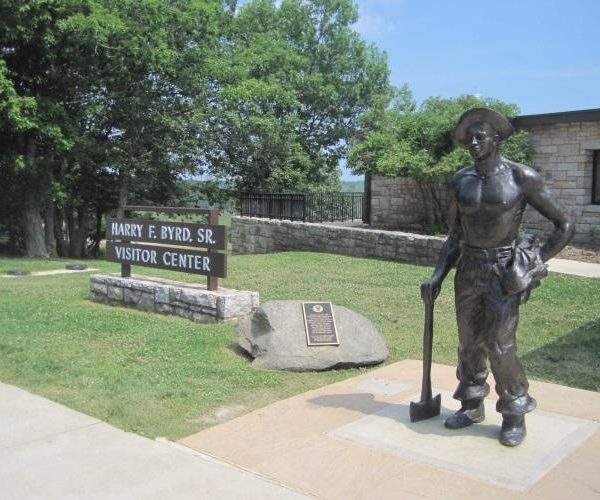
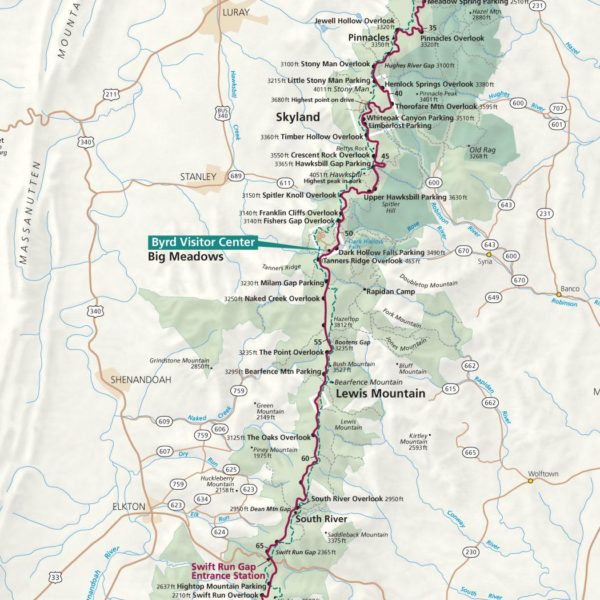


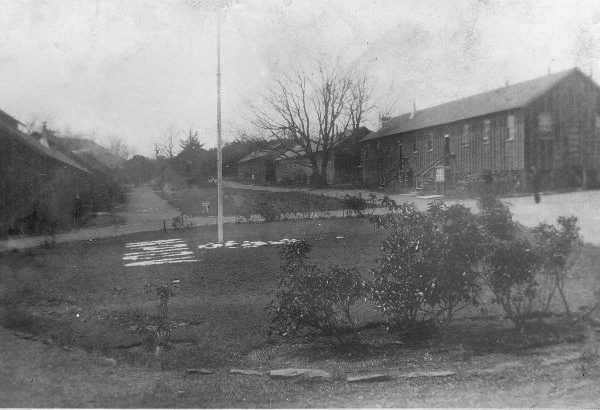
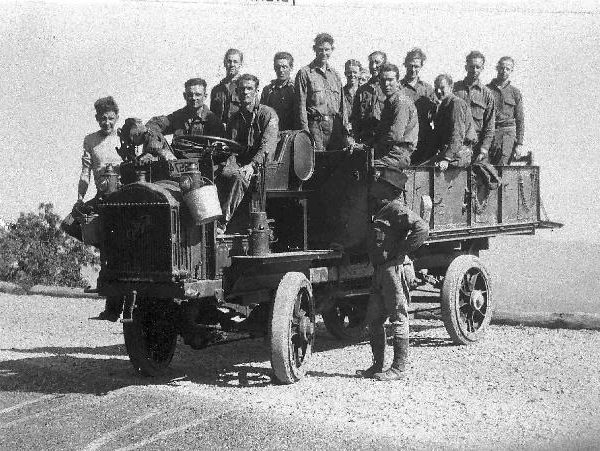
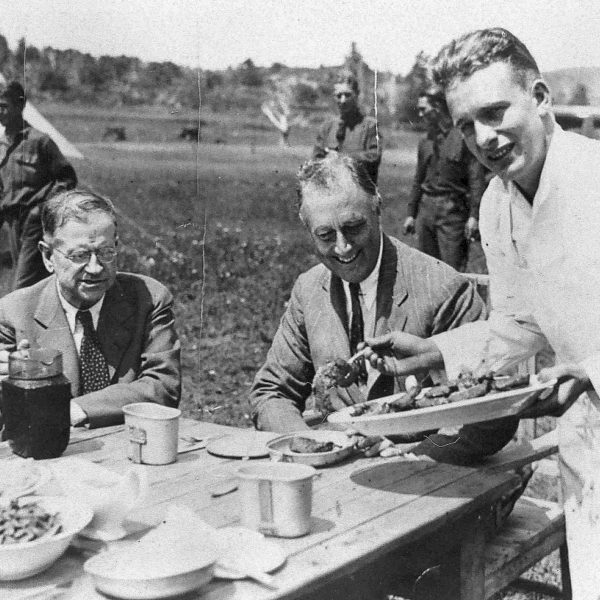
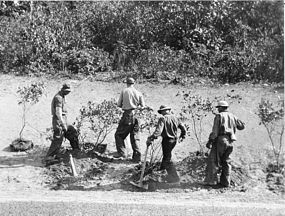
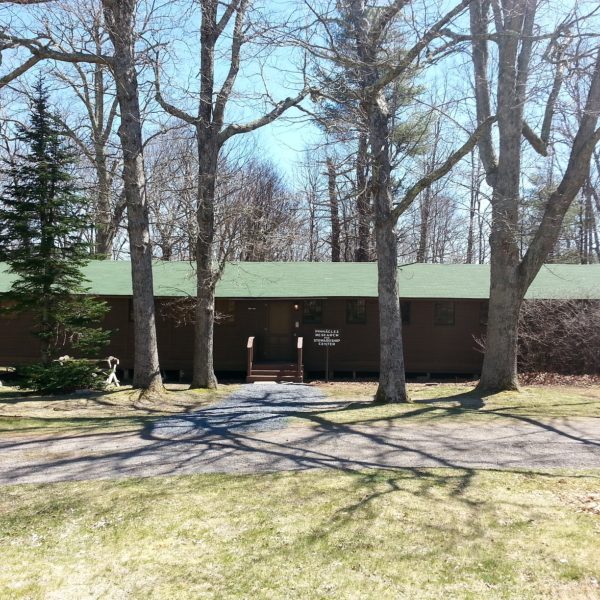
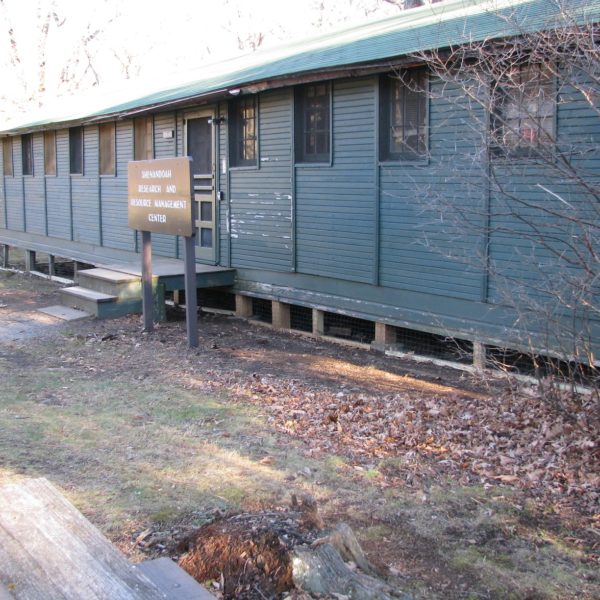
The National Park Service razed most of the CCC structures in Shenandoah National Park. Of those remaining, Pinnacles is the only CCC camp structure in Shenandoah National Park that has been in continuous use since its construction nearly 80 years ago. It serves a critical function: this 1600 square-foot meeting/work space and 7-bed residence supports visiting researchers and volunteers, who use it free of charge for activities that benefit the national park.
In order to ensure the integrity and viability of this facility for the future, structural and cosmetic work is needed. Additionally, furnishings and appliances are old and only semi-functional. We will refurbish the facility with rustic-style furnishings that respect its history, and that can withstand a high volume of use for many years, and meet users’ expectations for comfort and convenience.
In 2013, the Trust replaced the building’s footers and shored up the foundation. This addressed a number of issues, including window alignment. With that work complete, we are now focused on the remaining scope of work:
- Structural repair, including replacing rotting exterior fascia and steps
- Renovate current “lab” space. The 1960s era lab counters and cabinets will be replaced with counters and stools that better accommodate modern stakeholders’ needs for comfortable laptop work space.
- Refinish interior and exterior doors
- Replace flooring throughout
- Interior and exterior paint
- Replace kitchen cabinets and countertops
- Replace all appliances, lighting and furniture
- Restore 35 historic windows*
The Pinnacles project is not merely restoration for restoration’s sake. This building is critically important, functionally, to the national park and to the hundreds of stakeholders who depend on it every year to support their work. This interplay of historic preservation and active use is compelling.
